Something occurred to me recently: Why are we still banishing low-alcohol and no-alcohol drinks to their own dumb section of the menu, like they’re sitting at the kids’ table at dinner? Think about it for a second, doesn’t it seem a little barbaric in this day and age – when we’re all consuming more low-proof and no-proof drinks than ever before – that instead of thinking of drinks in a more holistic ABV alcohol by volume)-centric approach we’re still relegating them to the back page of the drink list?
Shouldn’t a bar be a place where anyone can walk in, grab a delicious drink, and have a great time? And are we really encouraging this by forcing guests who want to be intentional about the volume of alcohol they’re consuming to navigate the bar in a different way?
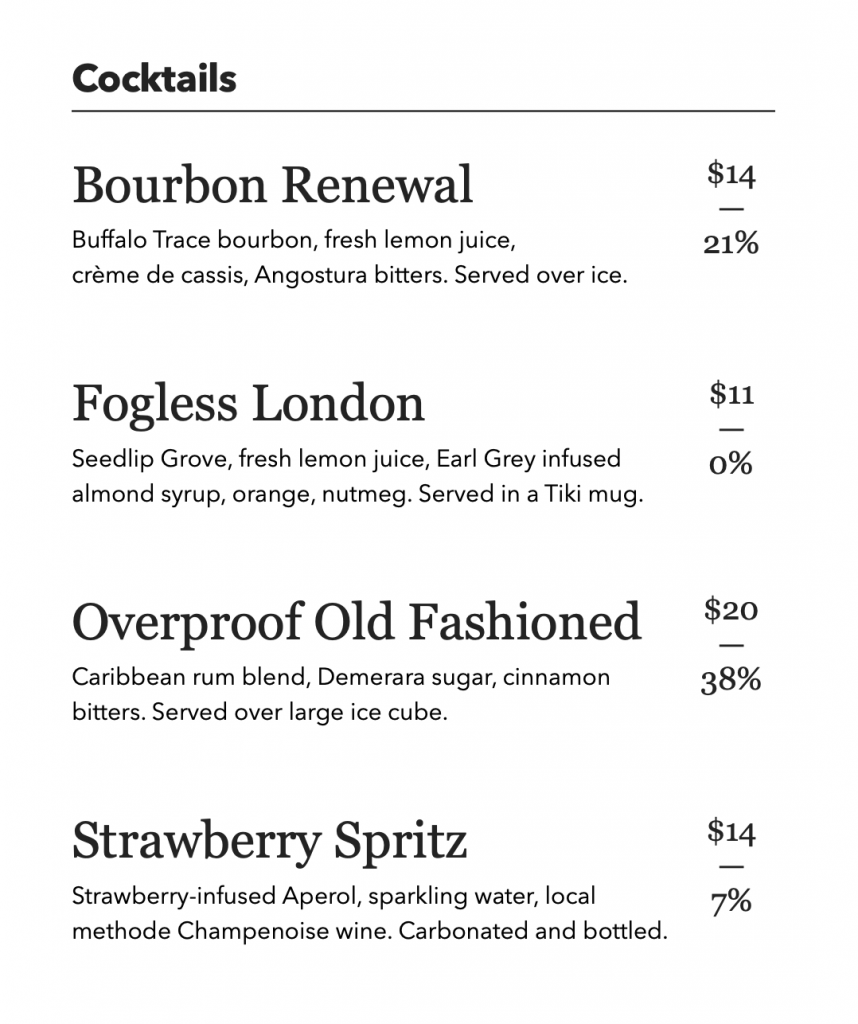
I’m sure this has been done by others before, but I’m making a big push for a new sort of cocktail menu this year: a menu where the alcohol-by-volume is listed alongside the ingredient list and price. As thoughtful drinkers, how awesome would it be to be able to make informed choices throughout our time in the bar? And as bartenders, how awesome would it be to really know how much alcohol our guests have consumed, and make thoughtful choices about how our drinks are impacting them and everyone around them?
I don’t drink alcohol all day every day. I don’t even drink alcohol the entire time I’m sitting at a bar. I like to be really thoughtful about what I’m having and how much booze is in that drink. But I still want a delicious beverage, you know?
So I put together another spreadsheet for all you bar managers (or nerdy drinkers) out there, where you can easily plug in your ingredients, your recipe, and each component’s ABV. The spreadsheet will then ask you for an estimated dilution based on the method of serving (I’ve included some suggested dilutions I use), and spit out an accurate ABV for you.
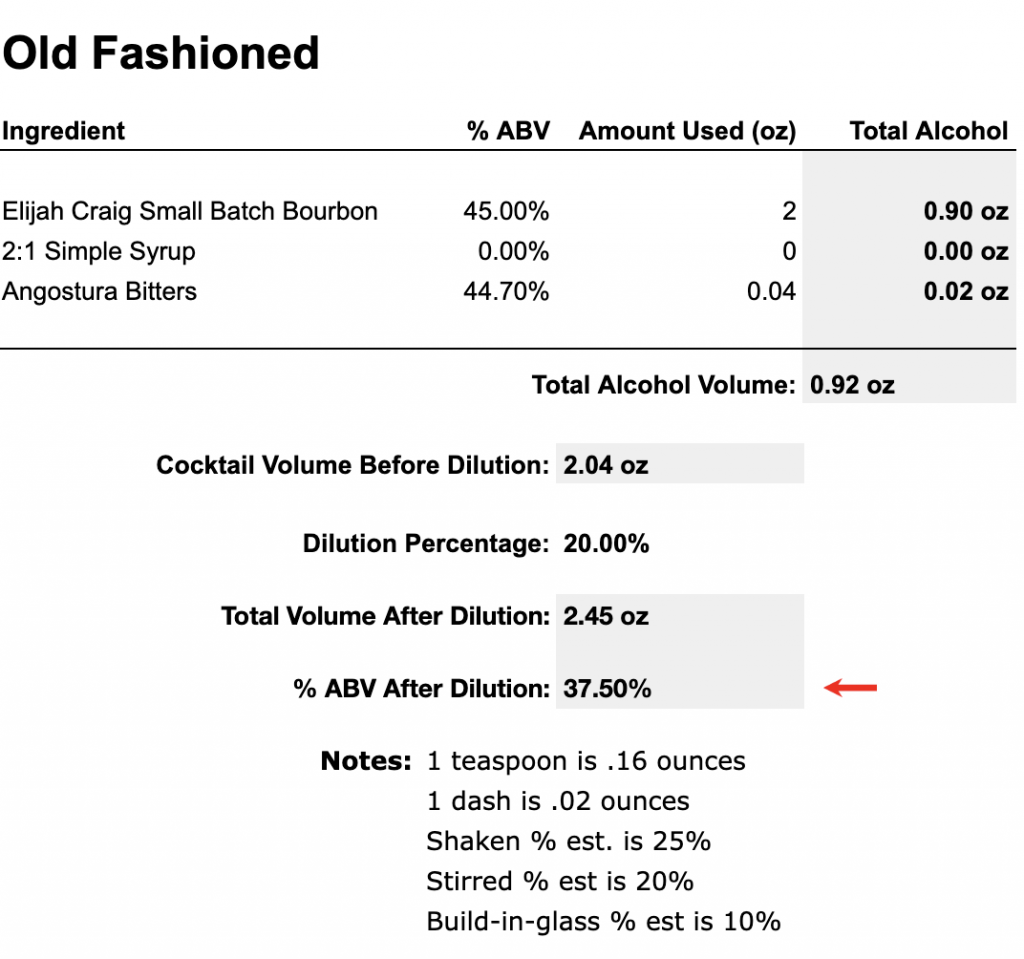
Much like the spreadsheets for pricing a cocktail menu, doing inventory and pour cost, and the bottle pricing spreadsheet, this calculator is completely free for you to use in your bar. The link to download it as an compatible file is below. I hope you find it helpful, and as always please feel free to leave any questions in the comments and I will try to respond as quickly as possible!
Here’s a link to the spreadsheet on Google Sheets, if that’s helpful.
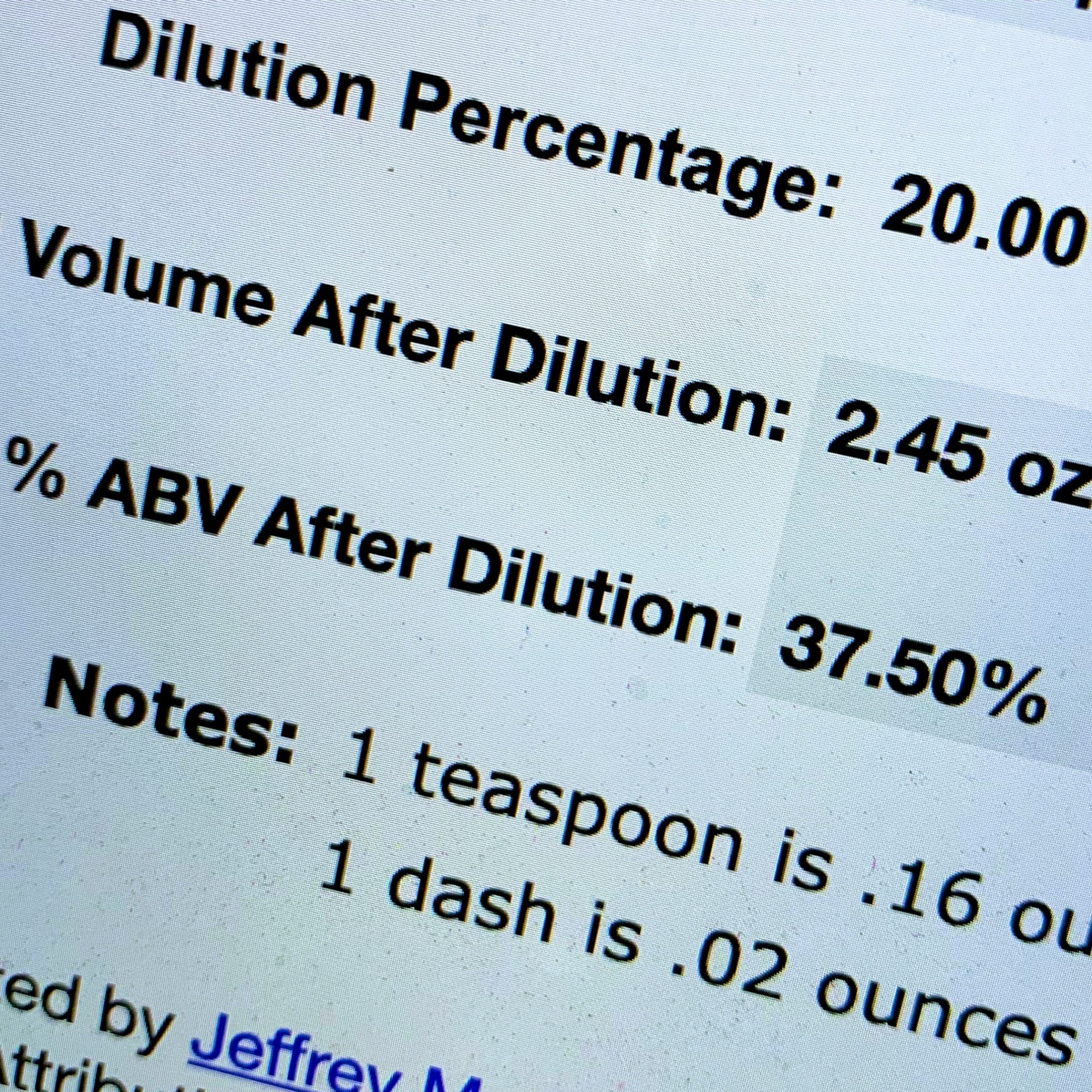
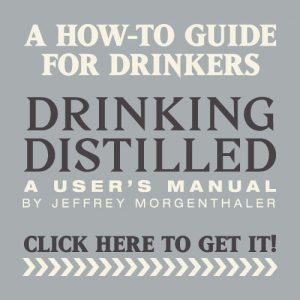

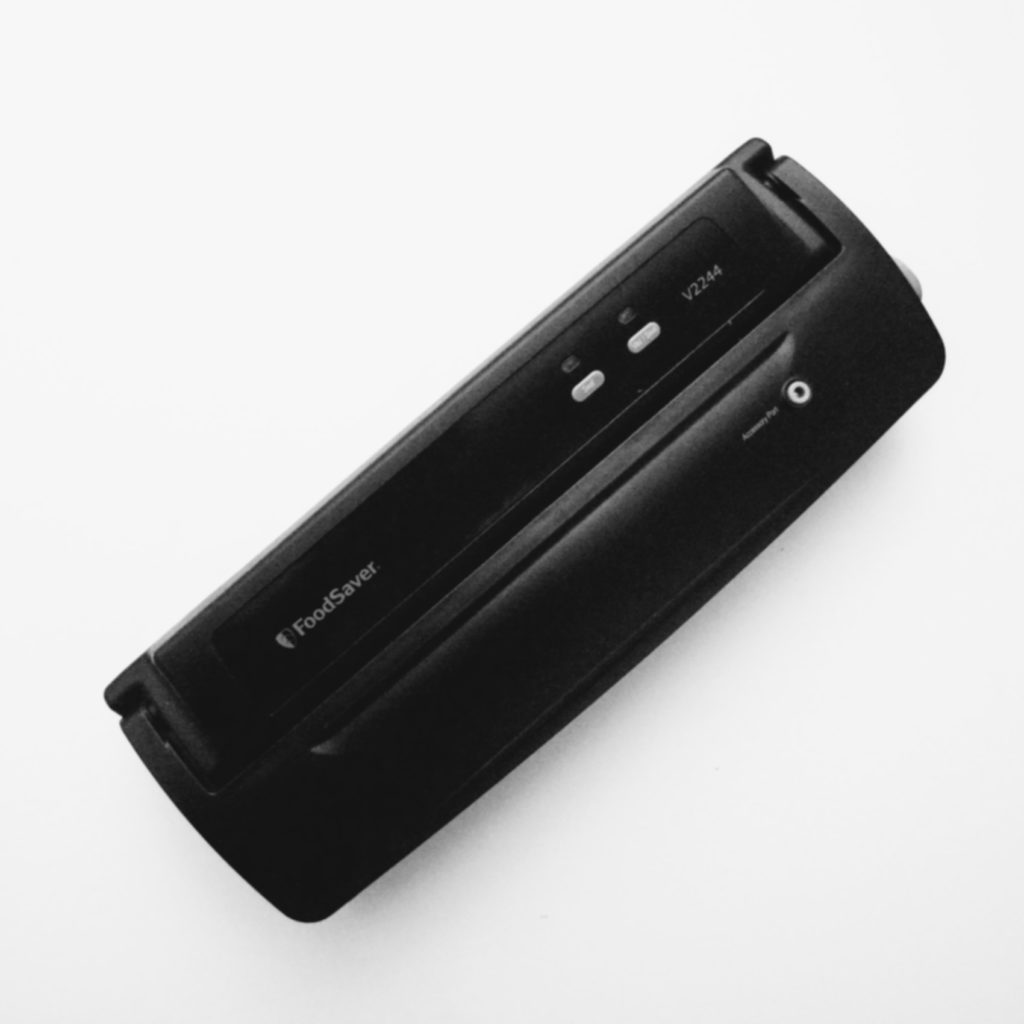
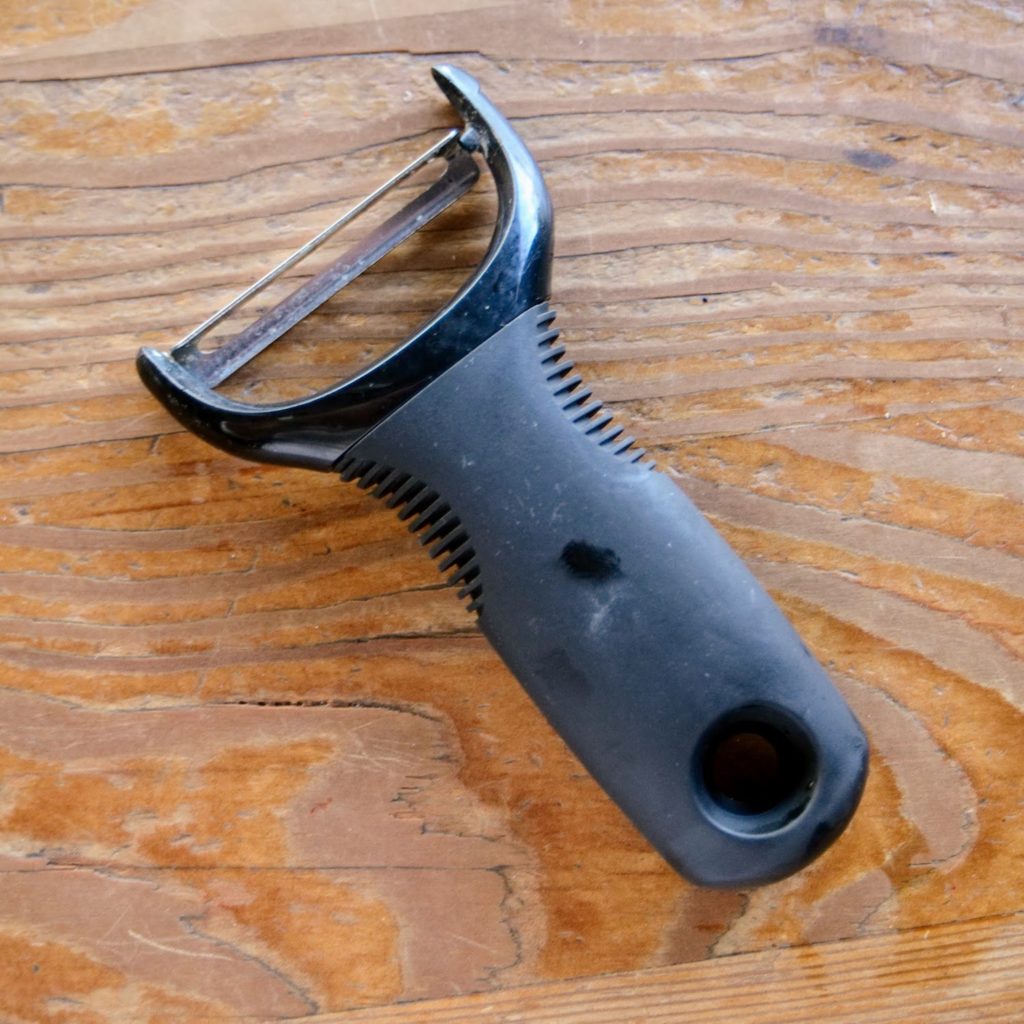
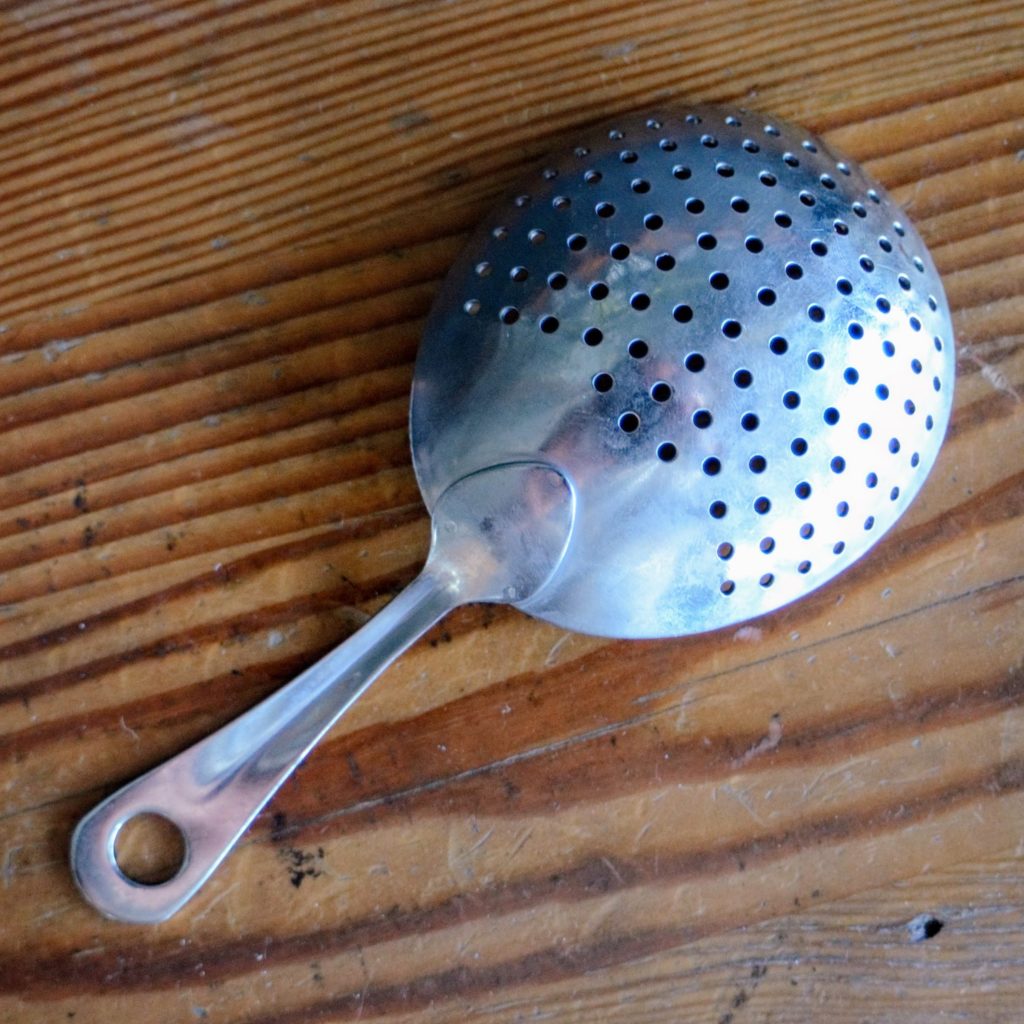
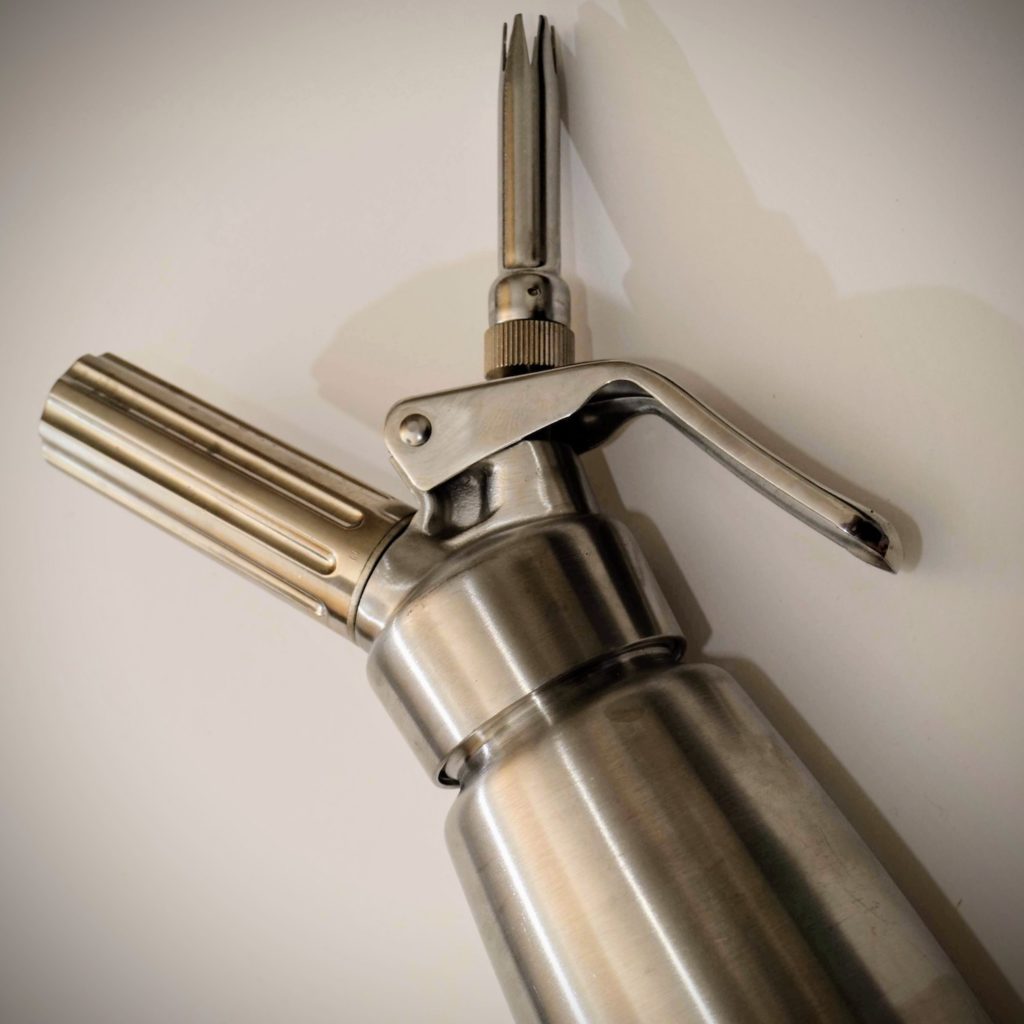

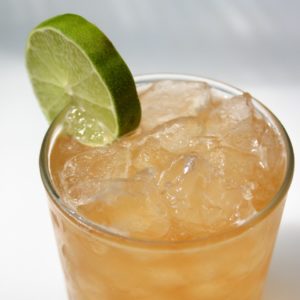
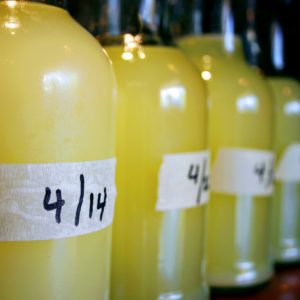
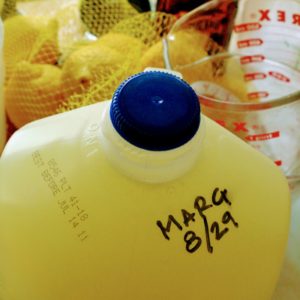

Hi. Thanks so much for the spreadsheet. In the download version for the OF the amount of syrup is listed as zero and I think it should be 0.17 (1 tsp) for an ABV of 34.7%?
I’ve been looking at the (IBA) international bartender association’s recipe specifications for their 77 officially recognized cocktails
I’ve been using it as a primary source to create a cheatsheet/study guide.
The issue I’m having is that the finished weights of the drinks in ounces are all over the place. For example,The Casino is 1.75oz. while the the Bronx and the Corpse Reviver#2 are 3.5 ounces and 4 ounces respectively.
Many others are under 3 ounces.
Then when doing conversions to get a more standard
1.5 ounces of base spirit in the drink, you will often end up with a second ingredient requiring a number such as .86666 oz.
In which case I’m not sure if I should round up in order to fill up the cocktail glass with enough fluid, or to round down in order to keep the drink in better balance.
Would scaling many of these drinks to a specific amount such as fluid ounces, such as 3.5 be a good way to go, perhaps?
Any insights, comments, or suggestions would be appreciated.
I’ve never used the IBA approved recipes for anything, so I really can’t say. I can tell you there are probably better resources out there for cocktail recipes if you aren’t afraid to dig a little. Good luck!
I’m looking at some interesting classic Tiki drinks that are shaken and then poured over crushed ice (Test Pilot/3 Dots and a Dash/etc.). How do you think that would effect the dilution? Seems to me it should be 25% plus, but wasn’t sure how much.
I would just call it 20-25% dilution before it goes over ice and call it good.
Since you’re advocating that an alcoholic strength indication be added to menus, you might as well advocate a better system than ABV. I would certainly look at a score based on the Standard Drink—I think that compares favorably in many ways (and Americans do love scores!).
I appreciate that but there are so many more factors at play here.
First of all, this new system (which, granted, is technically more accurate, yes) would require a ton of education on the part of the staff, and if you haven’t heard we’re all a little short-handed at the moment. Second, drinkers are generally already attuned to reading ABV: they know a 5% beer is pretty standard, and that an 11% beer is super strong. Same with wine, they know 12% is pretty standard, and a 15% Pinot Noir is pretty stiff. You also have to keep in mind that this system also informs drinkers how strong it’s going to be on the palate – that’s a pretty big consideration for a lot of people. So listing “.35 ethanol units” on a menu would be absolutely meaningless for the overwhelming majority of the drinking population.
Also, cocktail volumes are not massively different in volume, despite their serving vessel. Standard build ranges from 2.5 ounces (say, for an Old Fashioned), to 4 for a big boy like a Mai Tai. A 12-ounce cocktail doesn’t exist, and if it does, you’re in the wrong bar.
Thanks Jeffrey,
once again you have inspired young bar managers to make a step forward, I believe!
And as long as this is used as a guidance for the consumer to estimate their ethanol intake: very good and High Five! for the transparency!
However, this equation is not exact. And it might sum up to a bigger mismeasurement when used for bigger amounts (e.g. pre-batching) because ethanol and water do not mix in a linear manner. Which is why a standard contraction table is used to figure out the measurements exactly. A very brief overview can be found here to illustrate this:
https://www.bode-science-center.com/center/hand-hygiene/hand-disinfection/detail-hand-disinfection/article/ethanol-concentration-table-what-is-the-percentage-by-volume-or-weight.html
Just a quick addition from the distillers standpoint from Germany, though. Your table will definitely serve it’s purpose perfectly as a pretty exact guide for the consumer ordering at the stick!
So: thanks again!
I love this. I’m a breast cancer survivor and after treatment my doctor has suggested that I only have 3-4 units a week. This is so helpful, not just to me but many cancer survivors out there. Thank you!!
Agree with Phelps here – this is *awesome*, but I think the crucial info is total alcohol consumer rather than ABV given variance in glassware sizes.
I appreciate the academic nature of that idea, but here in the States we measure alcohol in ABV. Drinks do have different sizes, yes, but here we’re all mostly familiar with the Drink Equivalency Chart, which somewhat standardizes pure alcohol volume across standard wine, beer, and shot sizes.
Additionally, cocktails tend to all be the same size before dilution: about three ounces. So unless the entire country gets behind this idea of pure alcohol volume per serving, as you’re suggesting, then ABV is the best way to get information to the most people.
As a home cocktail enthusiast who wants to remain mindful of the strength of beverages I serve to my guests, thank you for sharing this tool!
So what are you basing your prices on? The cost of the product, plus the mark up? Or is there some kind of ratio of ABV cost? Seems as if the lower ABV should be baseline, and the higher ABV ones priced accordingly. Of course, other facotrs come into play such as well spirits versus top shelf, or rare.
This has been covered exhaustively many places, but most applicably to cocktail menus here.
The ABV is useful, but as a drinker, I’m more worried about how much alcohol I’m getting overall. Rather than the percentage, I would rather have the ounces per glass. (I think the UK does something like this with “units” that work out to an ounce of straight ethanol.)
FWIW, I’ve gotten pretty good at doing that calculation in my head for beer with ABV listed (assuming I know what the pour size is) for the first couple of drinks. After that I would rather have it on a menu.